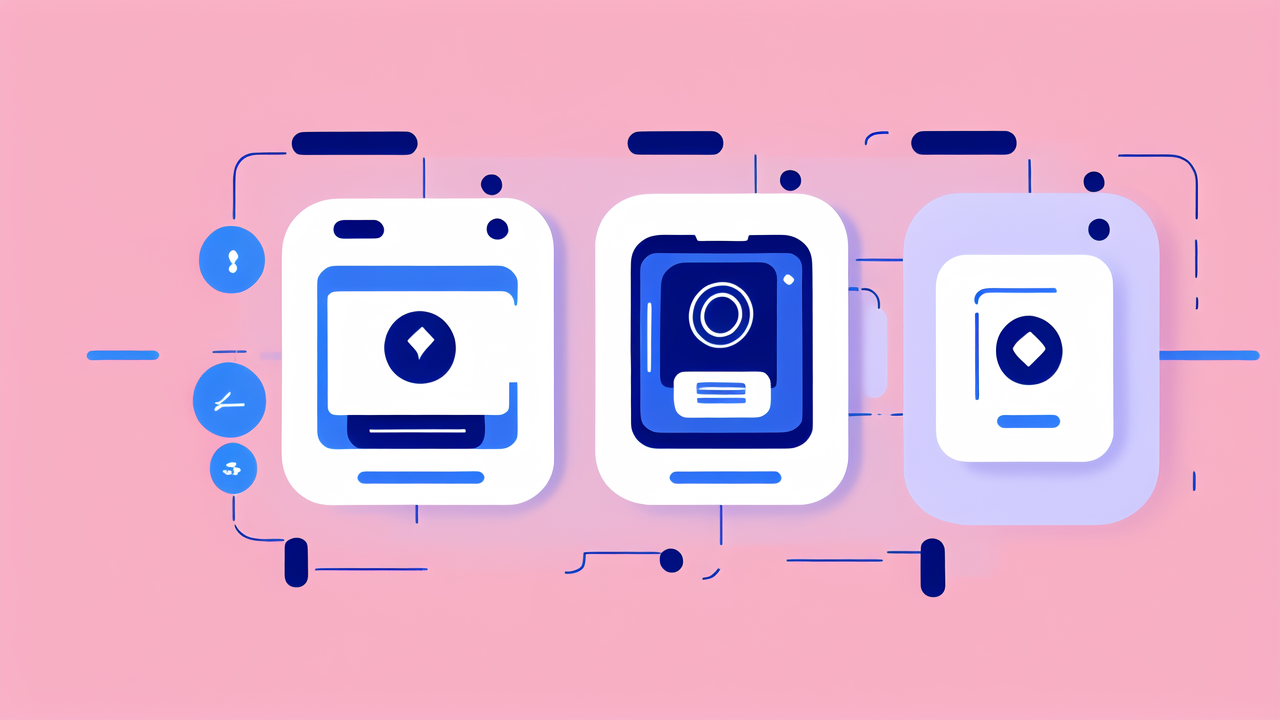Understanding Wearable Technology in Health Care
What Is Wearable Technology?
Wearable technology refers to smart devices that can be worn on the body. These gadgets often track health data. They come in many forms, like watches, rings, and patches. Most are small and easy to use daily.

Wearables can measure various health indicators. These include heart rate, steps taken, and sleep patterns. Some can even track blood oxygen levels and stress. The goal is to give users a clear picture of their health.
These devices often connect to smartphones or computers. This allows users to see their data over time. Many also offer insights and tips for better health. As tech improves, wearables are becoming more accurate and useful.
The Evolution of Wearable Health Gadgets
Wearable health tech has come a long way. It started with simple pedometers to count steps. Now, we have complex devices that do much more. The journey shows how fast technology is changing health care.
Early wearables were bulky and had limited functions. They often just counted steps or calories burned. Over time, they got smaller and smarter. Now, they can track heart rhythms and detect falls. Some can even measure blood sugar without needles.
Recent advances include better sensors and longer battery life. This means devices can collect more data for longer periods. They're also becoming more stylish. This makes people more likely to wear them every day.
Key Features of Wearable Health Technology
Modern wearables offer a wide range of health features. Here are some key ones:
- Heart rate monitoring
- Sleep tracking
- Step counting
- Stress level detection
- Blood oxygen measurement
- ECG recording
- Fall detection
These features help users track their health in real-time. Many devices also offer personalized health tips. They might suggest when to move more or ways to improve sleep. Some can even detect early signs of health issues.
Data sharing is another important feature. Users can often share their health data with doctors. This can lead to better care and earlier detection of problems. As tech improves, we can expect even more advanced features in the future.
Impact of Wearable Technology on Body Measurement Techniques
Advancements in Non-Invasive Monitoring
Wearable tech is changing how we measure health. It's making it easier to track our bodies without invasive tests. This is a big step forward in personal health care.

Non-invasive monitoring means measuring health without breaking the skin. Wearables can now track many things this way. For example, some can measure blood sugar through sweat. Others can check blood pressure from the wrist.
These methods are more comfortable for users. They also allow for constant monitoring. This can catch health changes early. It's especially helpful for people with chronic conditions. They can track their health without frequent doctor visits.
The Role of AI and Machine Learning
AI and machine learning are key to modern wearables. They help make sense of the huge amount of data these devices collect. This turns raw numbers into useful health insights.
AI can spot patterns in health data. It might notice that your heart rate goes up at certain times. Or it could see changes in your sleep patterns. These insights can help predict health issues before they become serious.
Machine learning means the devices get smarter over time. They learn your normal patterns. This helps them give more personalized advice. It also makes their predictions more accurate. As AI improves, wearables will become even more helpful for managing health.
Integrating Wearables with Traditional Health Care
Wearables are becoming part of regular health care. Doctors are starting to use data from these devices. This helps them get a fuller picture of a patient's health.
Many hospitals now let patients share data from their wearables. This can include heart rate, activity levels, and sleep patterns. Doctors can use this to make better decisions. It can also help them track how well treatments are working.
Some insurance companies offer benefits for using wearables. They might give discounts to people who meet certain health goals. This encourages people to take care of their health. It also shows how wearables are changing the health care system.
Regulatory Implications and Best Practices in the United States
Healthcare Standards and Compliance in Wearable Tech
As wearables become more common in health care, regulations are catching up. In the U.S., the FDA oversees many of these devices. They want to make sure the devices are safe and effective.

The FDA has created guidelines for health-related wearables. These rules depend on what the device does. Simple fitness trackers have fewer rules. But devices that diagnose diseases need more testing.
Companies making health wearables must follow these rules:
- Prove their devices are accurate
- Show how they protect user data
- Explain clearly what their devices can and can't do
- Update their software regularly for safety
These standards help ensure that wearables are trustworthy. They also help doctors know which devices they can rely on for patient care.
Ensuring Data Accuracy and Patient Privacy
Data accuracy is crucial for health wearables. Users and doctors need to trust the information. Companies use various methods to ensure accuracy:
- Regular calibration of sensors
- Comparing data to medical-grade devices
- Using multiple sensors to cross-check readings
- Updating algorithms to improve accuracy over time
Privacy is another big concern. Health data is very personal. Wearable companies must protect this information. They often use encryption to keep data safe. Many also let users choose what data to share and with whom.
In the U.S., health data is protected by laws like HIPAA. Wearable companies must follow these laws. This includes getting user consent before sharing data. It also means keeping data secure from hackers.
Future Outlook: Trends and Predictions in Wearable Health Innovations
The future of wearable health tech looks exciting. We can expect devices to become even more advanced. Here are some trends we might see:
- Smaller, more comfortable devices
- Longer battery life, maybe even self-charging devices
- More accurate sensors for a wider range of health metrics
- Better integration with medical systems
- Use of artificial intelligence for personalized health advice
We might also see new types of wearables. These could include smart clothing or even temporary tattoos with sensors. The goal is to make health tracking as easy and unobtrusive as possible.
Another trend is using wearables for early disease detection. They might be able to spot signs of heart disease or diabetes early. This could help prevent serious health issues.
As technology improves, wearables will likely play a bigger role in health care. They could help make health care more personalized and preventive. This could lead to better health outcomes for many people.




Leave a comment
This site is protected by hCaptcha and the hCaptcha Privacy Policy and Terms of Service apply.